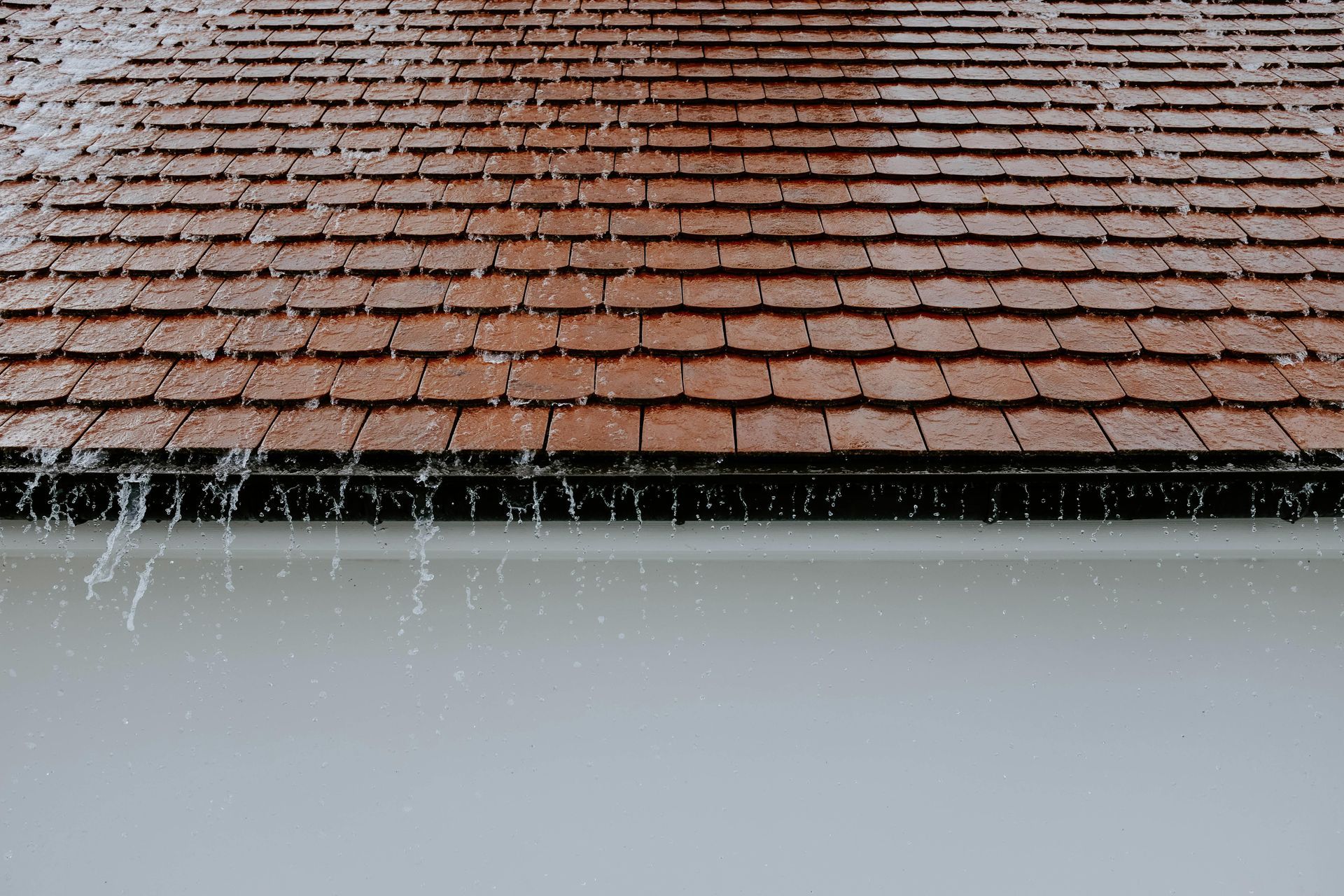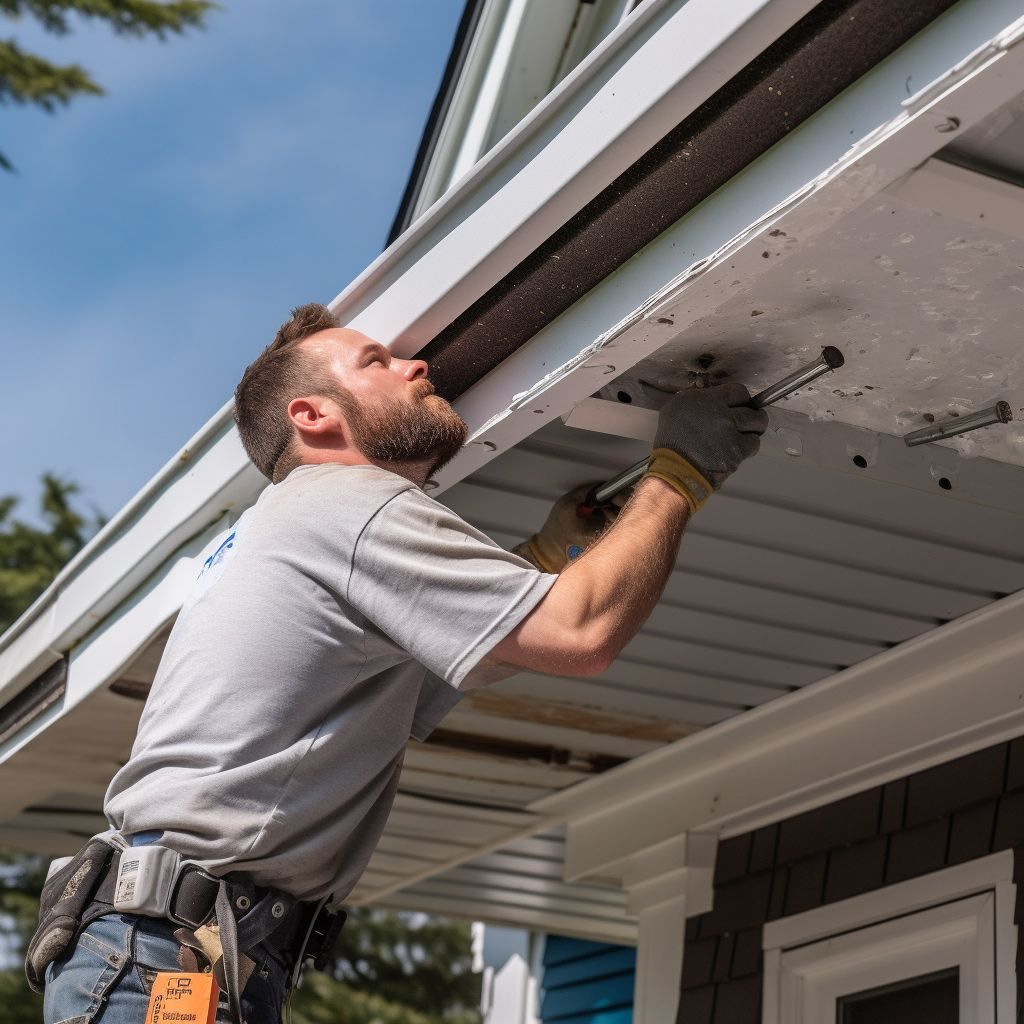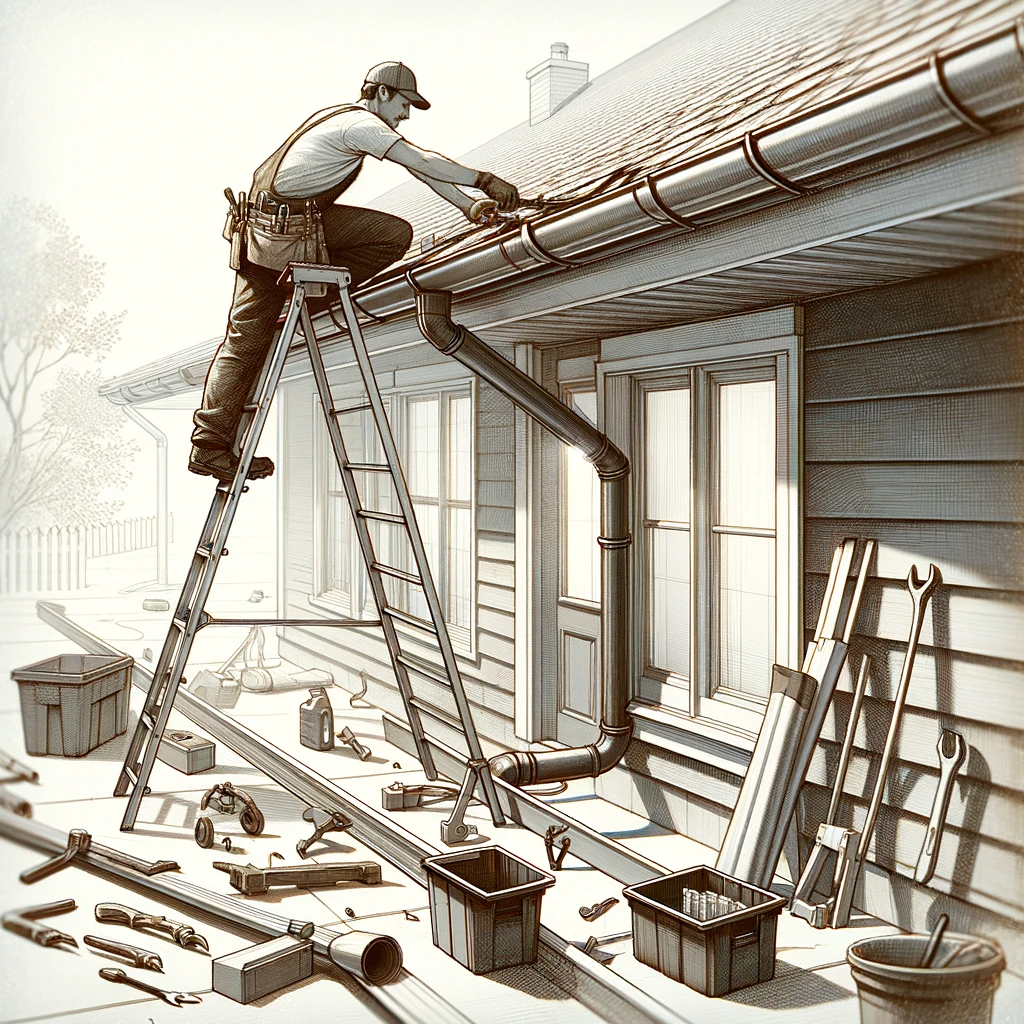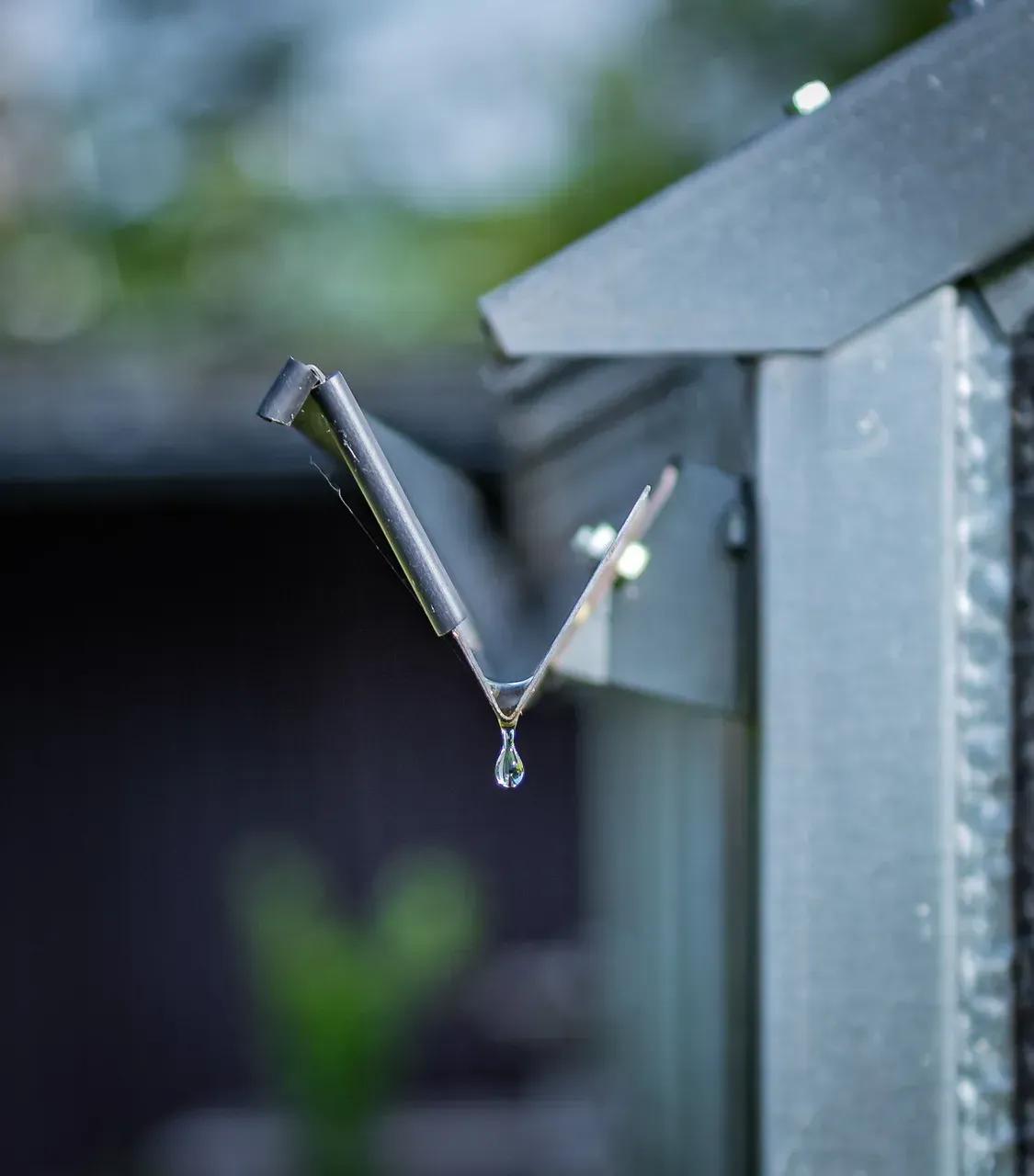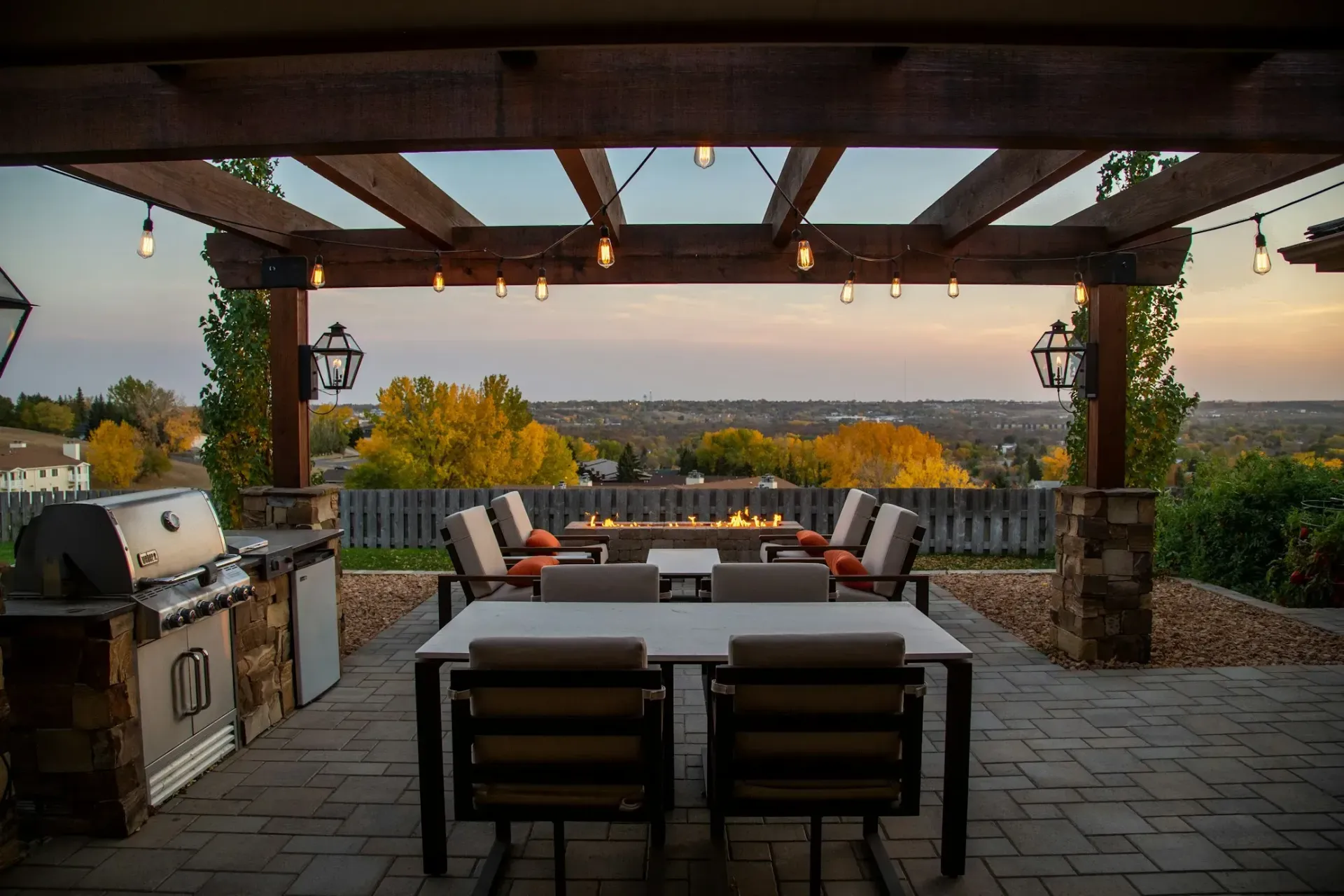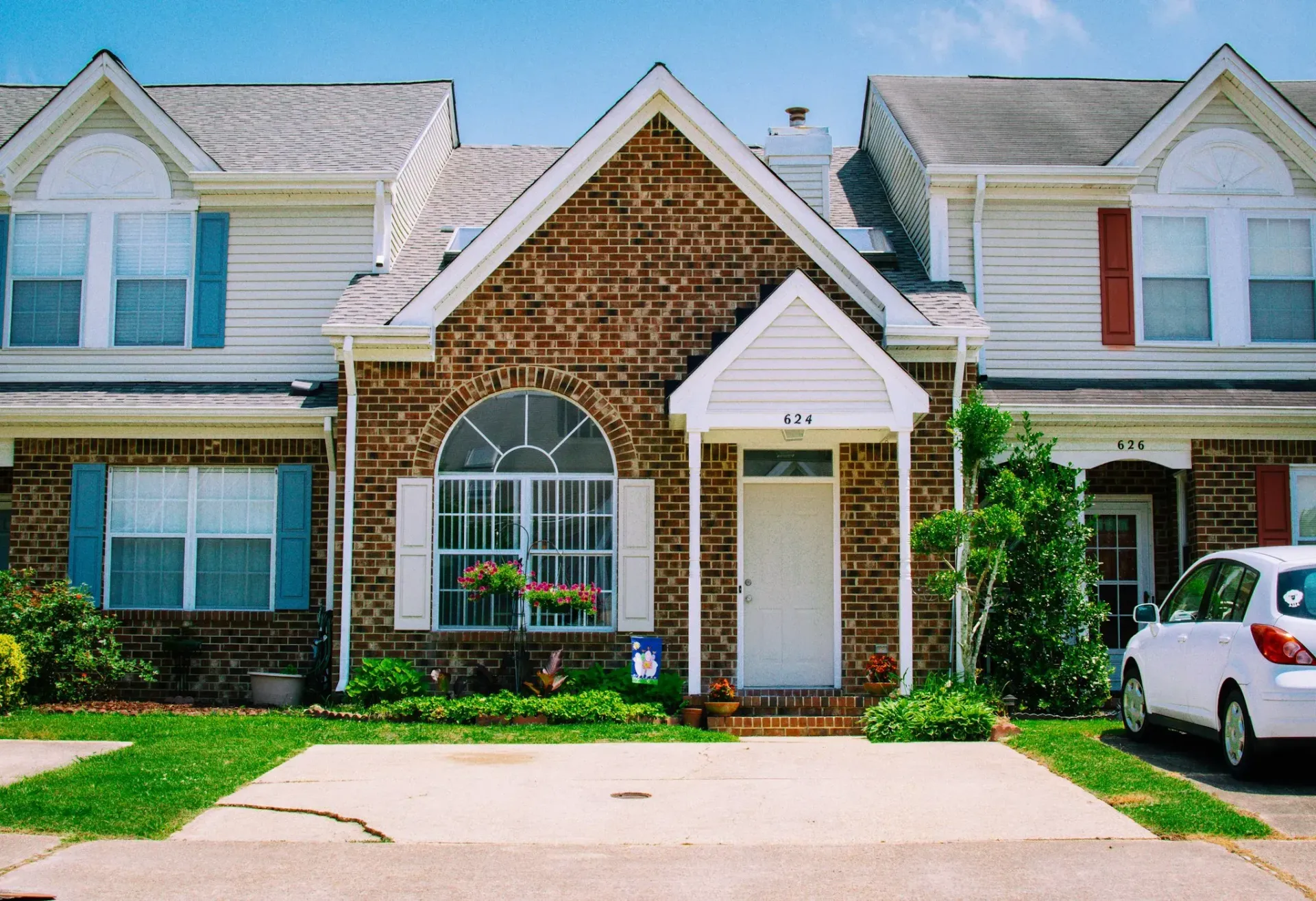
Common Gutter Problems and How to Fix Them
Gutters might not be the first thing on your home maintenance list, but they play a crucial role in protecting your house from water damage. When gutters fail, they can cause many problems. This article will help you identify common gutter problems and show you how to fix them yourself. By taking care of these issues early, you can save money and prevent serious damage to your home.
Clogged Gutters
Clogged gutters are a common issue. Leaves, twigs, and debris can block your gutters and downspouts. When this happens, water can't flow properly and overflows. This overflow can damage your roof, walls, and foundation.
How to Fix Clogged Gutters
- Tools You Need: Ladder, gloves, garden trowel, hose.
- Steps:
- Position your ladder safely. Make sure it is stable.
- Put on gloves to protect your hands.
- Use a garden trowel to scoop out leaves and debris.
- Flush the gutters with a hose to check for proper water flow.
Preventive Measures
- Install gutter guards to keep debris out.
- Clean your gutters twice a year, in the spring and fall, to prevent clogs.
Keeping your gutters clean can save you from bigger problems down the road.
Leaking Gutters
Leaking gutters can cause serious damage to your home. Leaks often happen at the joints or due to small holes. If left unfixed, water can seep into your walls and foundation, leading to costly repairs.
How to Fix Leaking Gutters
- Tools You Need: Gutter sealant, caulking gun, patching material.
- Steps:
- Clean the area around the leak. Remove any dirt and debris.
- Apply gutter sealant to the leaking joints. Use a caulking gun for a smooth application.
- For holes, apply a patch over the area. Use sealant to secure the patch and ensure it is watertight.
Preventive Measures
- Regularly inspect your gutters for small cracks and leaks.
- Use high-quality sealants and materials for repairs to ensure long-lasting results.
Fixing leaks promptly helps maintain the integrity of your gutters and prevents water damage to your home.
Sagging Gutters
Sagging gutters are another common problem. This can happen due to improper installation or heavy debris buildup. Sagging gutters can pull away from your house, leading to water overflow and potential damage.
How to Fix Sagging Gutters
- Tools You Need: Ladder, drill, gutter hangers/brackets.
- Steps:
- Position the ladder safely and remove any debris from the gutters.
- Check the current hangers or brackets. Tighten any loose ones.
- Install additional hangers or brackets to provide extra support. Space them evenly along the gutter, about every 3 feet.
- Make sure the gutters are properly aligned and secure.
Preventive Measures
- Regularly clean your gutters to prevent debris buildup.
- Ensure proper installation from the start, with hangers or brackets placed at the correct intervals.
Reinforcing your gutters keeps them secure and prevents sagging, ensuring they function properly.
Improper Gutter Slope
If your gutters have an incorrect slope, water won't flow properly to the downspouts. This can cause standing water, overflow, and even ice dams in winter. The right slope ensures water moves efficiently through the gutters.
How to Fix Improper Gutter Slope
- Tools You Need: Level, screws, drill.
- Steps:
- Check the slope with a level. The gutters should slope down towards the downspout at about 1/4 inch for every 10 feet.
- If the slope is incorrect, loosen the screws holding the gutter hangers.
- Adjust the gutter to the correct slope, then re-tighten the screws.
- Check the slope again with the level to make sure it’s correct.
Preventive Measures
- Verify the slope during the initial installation.
- Regularly inspect your gutters to ensure they maintain the correct slope.
Ensuring the right slope helps water flow smoothly through your gutters, preventing overflow and standing water.
Downspout Issues
Downspouts are crucial for directing water away from your home. Common problems include blockages, disconnections, or downspouts that are too short. These issues can cause poor drainage and water damage to your foundation.
How to Fix Downspout Issues
- Tools You Need: Ladder, hose, downspout extensions.
- Steps:
- Check for blockages by flushing the downspout with a hose. If blocked, use a plumber’s snake or a long stick to clear it.
- If the downspout is disconnected, reattach it securely. Use screws or brackets to keep it in place.
- Install downspout extensions to ensure water is directed at least 3-4 feet away from your foundation.
Preventive Measures
- Regularly inspect and clean your downspouts to ensure they are clear of debris.
- Use downspout extensions to prevent water from pooling near your foundation.
Maintaining your downspouts ensures proper drainage, protecting your home from water damage.
Rust and Corrosion
Metal gutters can rust and corrode over time, especially in areas with high moisture. Rust weakens the structure of the gutters and can lead to holes and leaks.
How to Fix Rust and Corrosion
- Tools You Need: Sandpaper, rust-resistant primer, paint.
- Steps:
- Sand away rust spots until you reach the bare metal.
- Clean the area to remove any dust or debris.
- Apply a rust-resistant primer to the cleaned areas.
- Once the primer is dry, paint over it with a rust-resistant paint.
Preventive Measures
- Regularly inspect your gutters for early signs of rust and address them promptly.
- Choose rust-resistant materials like aluminum or vinyl for new gutter installations.
- Apply a fresh coat of rust-resistant paint periodically to protect the metal.
Taking these steps helps extend the life of your gutters and prevents leaks caused by rust.
Conclusion
Gutters protect your home from water damage, but they need regular care. Clogged gutters can overflow, causing roof and foundation issues. Cleaning them twice a year and installing guards can help. Leaks at joints or holes can lead to wall and foundation damage. Seal these areas quickly and inspect often. Sagging gutters might pull away from your house. Extra brackets and proper cleaning can prevent this. The right slope keeps water flowing properly. Adjust the slope if needed. Clear downspouts ensure water drains away from your home. Extensions can help. Rust can weaken gutters. Sand, prime, and paint to prevent it.
Taking these steps ensures your gutters work well and last longer.
Call to Action
For expert gutter care, contact Gutter Express Seamless Gutters LLC. Serving Lafayette, Youngsville, Abbeville, Lake Charles, Carencro, and Kaplan, they offer top-notch gutter installation, repair, and cleaning. They also provide fascia and soffit services, patio covers, and siding. Protect your home with professional service you can trust. Reach out today!
Contact Us
We will get back to you as soon as possible.
Please try again later.
Contact Information
Phone: (337) 277-2575
Email: gutterexpressla@gmail.com
Address: Lafayette, LA 70506 USA
Business Hours:
- Mon - Sun
- -
